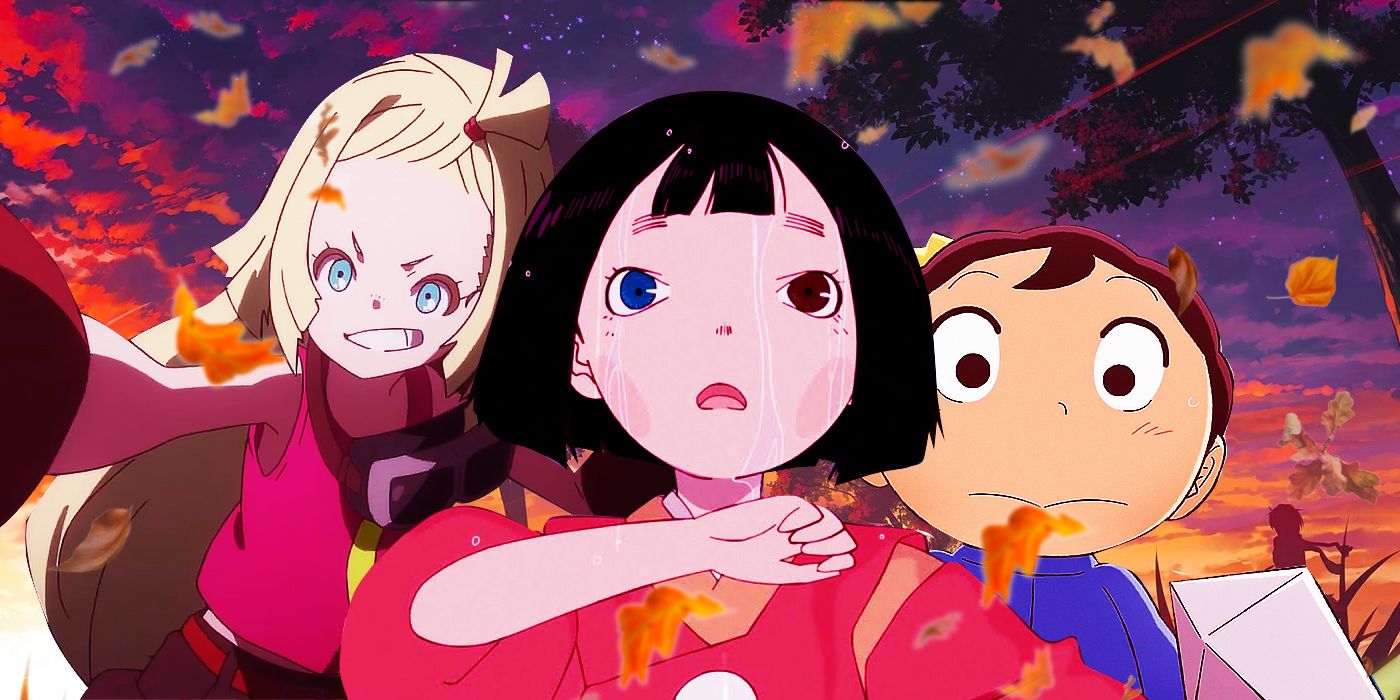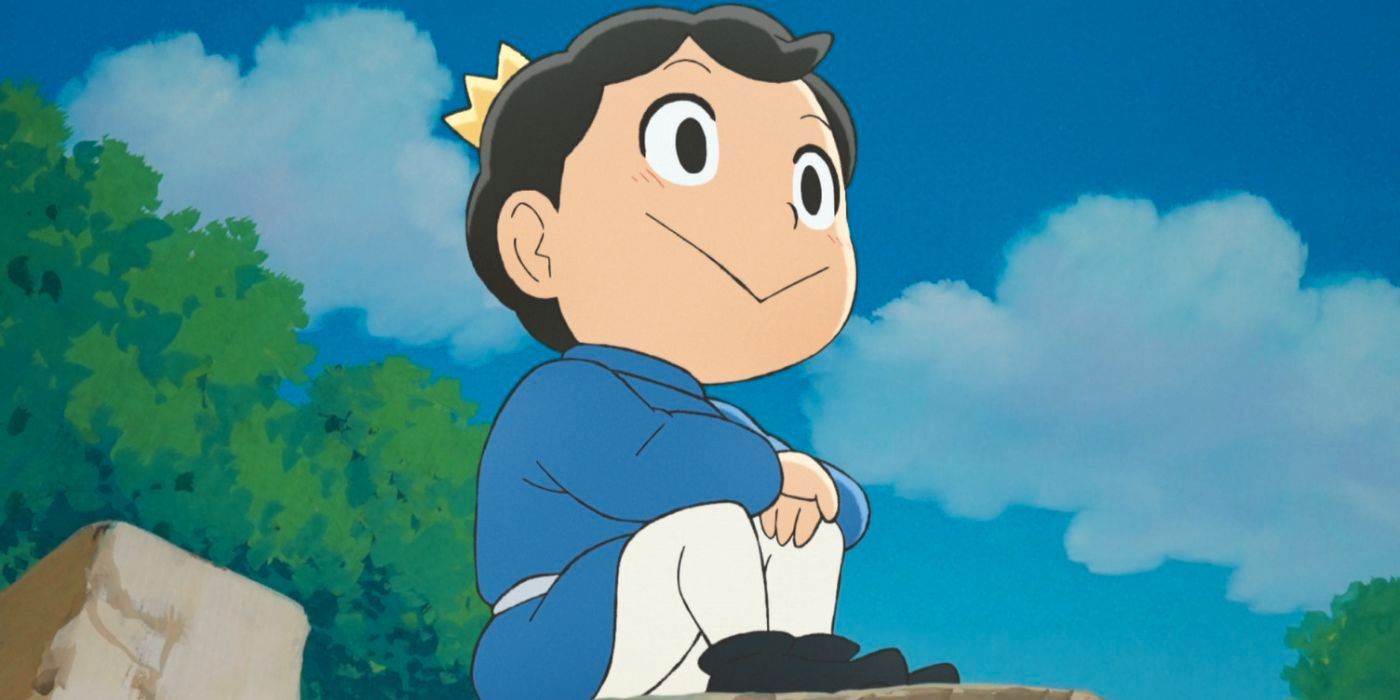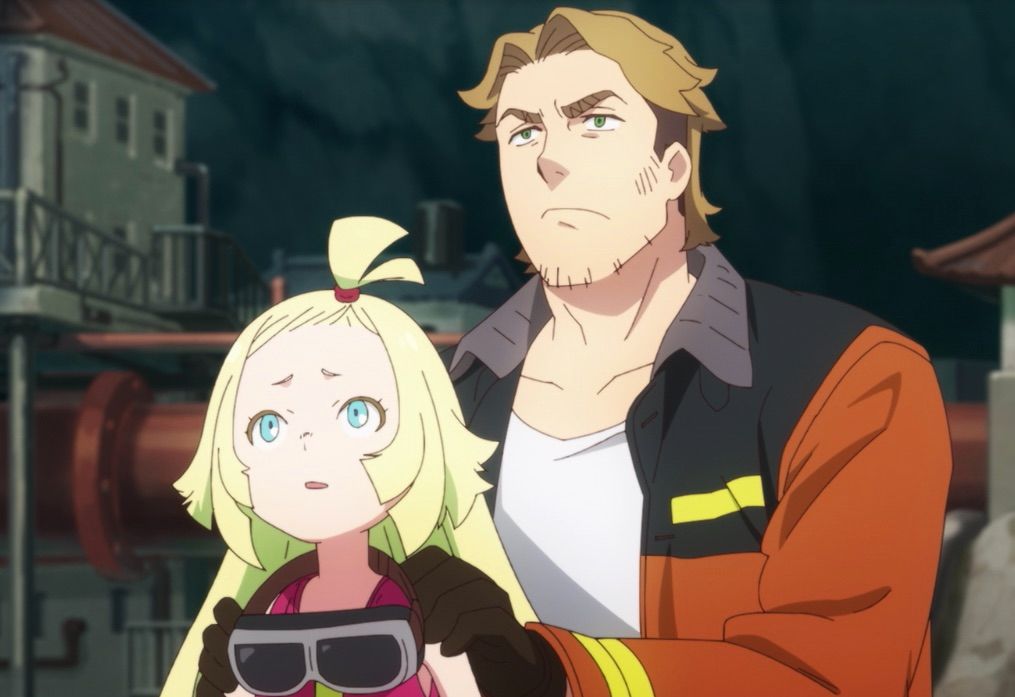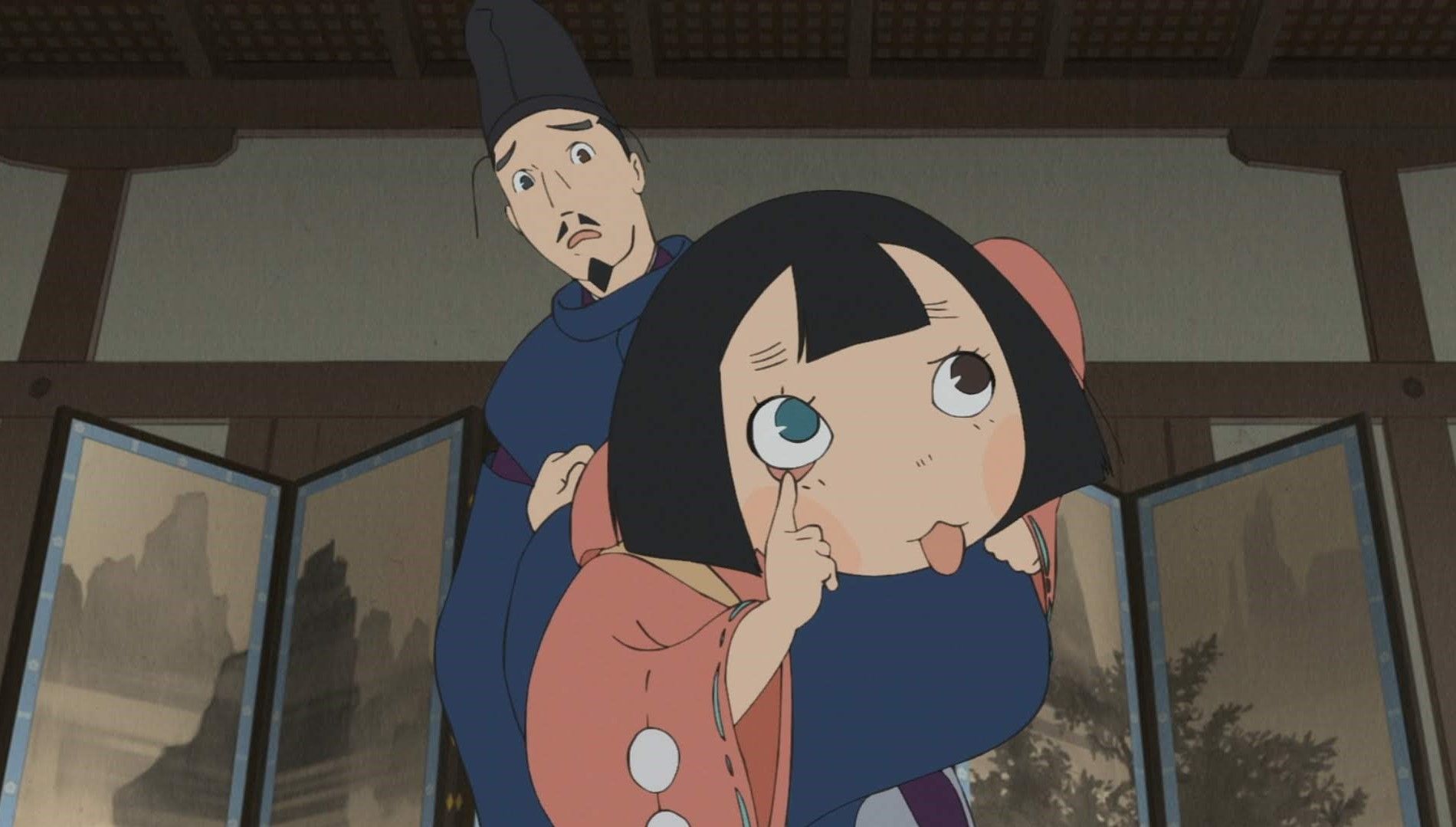Every season new anime come and go by the dozens, and as anyone who has tried to keep up with it all can tell you, few of them are worth even seeing one episode of. There are always gems, though. Here are three recently premiered shows with promising starts that you can still hop on while they're hot.
Ranking of Kings
It's pretty common for anime to center around scrappy young boys who have to overcome some sort of perceived weakness in order to prove themselves as strong and capable. Ranking of Kings takes this classic concept and applies it two ways. Our hero is Bojji, the firstborn prince of the fantasy kingdom in which this show takes place, theoretically the next in line to be king himself. However, he is deaf, a disability that is seen as immediate grounds for disqualification from even basic respect by even the kingdom's normal citizens. He is also small and seemingly weak, unlike his incredibly large and imposing father King Bosse, calling into question his manhood. Even his friendly-seeming swordsmanship instructor would rather be training a more traditional prince, leaving Bojji understandably frustrated at a world that refuses to meet him where he is. Of course, that's where the story kicks off, and it looks like Bojji is going to challenge his society's ableism and limited view of masculinity alongside his new shadow-assassin friend Kage.
Beyond its compelling premise, Ranking of Kings so far is a refreshing looking anime, with designs that feel like they came out of a classic 60's or 70's manga as opposed to the 2017 manga it is an adaptation of. Director Yousuke Hatta has never been given the reins of a whole production before, but his work directing and storyboarding episodes of shows like One-Punch Man and 2019's Boogiepop and Friends seem to have foretold good things to come - this show is impeccably put together. Much credit also has to go to chief animation director and character designer Atsuko Nozaki who handled Episode 1, giving us impressive character acting that really brings the cast of the show alive. Bojji has no spoken lines, but his characterization still comes through clear as day. So far, Ranking of Kings is a simple but effective story told with a deft hand, and it's likely to be one of the best shows of the season, if not the whole year.
Sakugan
Like in many visions of the far future, Sakugan takes place in a world where humans have been driven to live underground. We follow a man named Gagumber, who at one point worked as a "Marker," or someone who does the dangerous work of traversing the unknown parts of the underground to mark unexplored territory. He quit some time ago when his wife disappeared, and takes lower paying but safer work in order to keep his daughter Memempu safe. However, Memempu is a spunky, smart kid, and she wants to become a Marker like her father once was. As the show begins, she convinces Gagumber to take up his Marker work again, beginning a heartwarming tale of a father learning to let his protective side go as he explores the world with his daughter.
Sakugan is the result of an original story submission competition held by three media companies back in 2017, the runner-up of the science fiction category finally made into a full anime after being delayed from a 2020 release. Studio Satelight is well-known for their robot- and robot-adjacent anime, ranging from the various continuations of classic franchise Macross to the hit fighting-pop-idols series Symphogear. Here they have a more grounded show with more utilitarian robots, machines of labor rather than super powers, but used to fight spectacular monsters all the same. That contrast between the relatively mundane and the spectacular forms the core of the show's themes, watching Memempu and her father fight against all odds for the sake of their futures. The first couple episodes are touching and exciting, with some fun kaiju battles, and if it keeps this up Sakugan will be one of the more rewarding series to follow for the next few months.
The Heike Story
The Heike Story takes place in 12th century Japan and is the tale of a young girl named Biwa who can see the future. Her father was unjustly killed by one of the two warring clans at the time - the Taira - and the story kicks off when Biwa is adopted by Taira no Shigemori. Shigemori is an heir to the clan who, between his guilt for being part of such a ruthless system and his similar ability to see the supernatural, sympathizes with Biwa. From there we follow Biwa as she bears witness to the civil war that she has no control over, yet has been caught in the crossfire of.
The Heike Story has a long, complicated lineage. The original form it took was recited by bards playing a kind of lute called a "biwa" recalling the conflict between the Taira and Minamoto clans of Japan in the 12th century, known as the Genpei War. Like many long, influential stories told through various traditions over time, it has been retold and refitted many times; this anime is an adaptation of a recent translation from 2016. It hardly asks you to be familiar with that story, though, as the themes of righteous hubris and consequences of power are universal.
The production itself is one of the most beautiful you'll see out of a serialized anime in every aspect. The dream trio of director Naoko Yamada, writer Reiko Yoshido, and composer Kensuke Ushio, who previously collaborated on similarly outstanding projects A Silent Voice and the Sound! Euphonium spinoff Liz and the Blue Bird, is back, this time at Science SARU instead of Kyoto Animation. Yamada's ephemeral direction, Yoshido's naturalistic dialogue, and Ushio's dynamic score are all impeccable as ever, and to see them come together again on a full TV series to tackle this influential and important story is a sight to behold and absolutely should not be missed.




